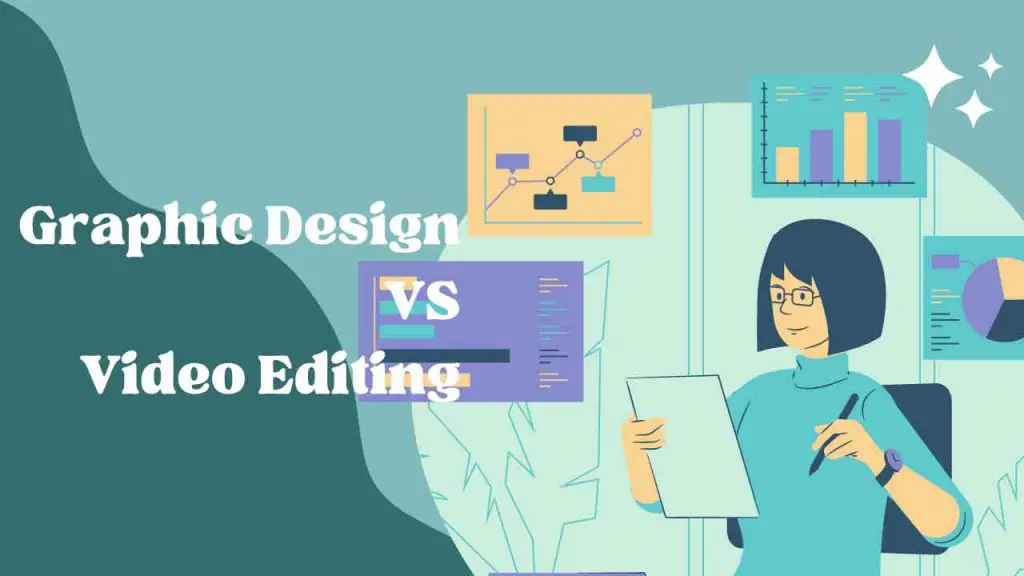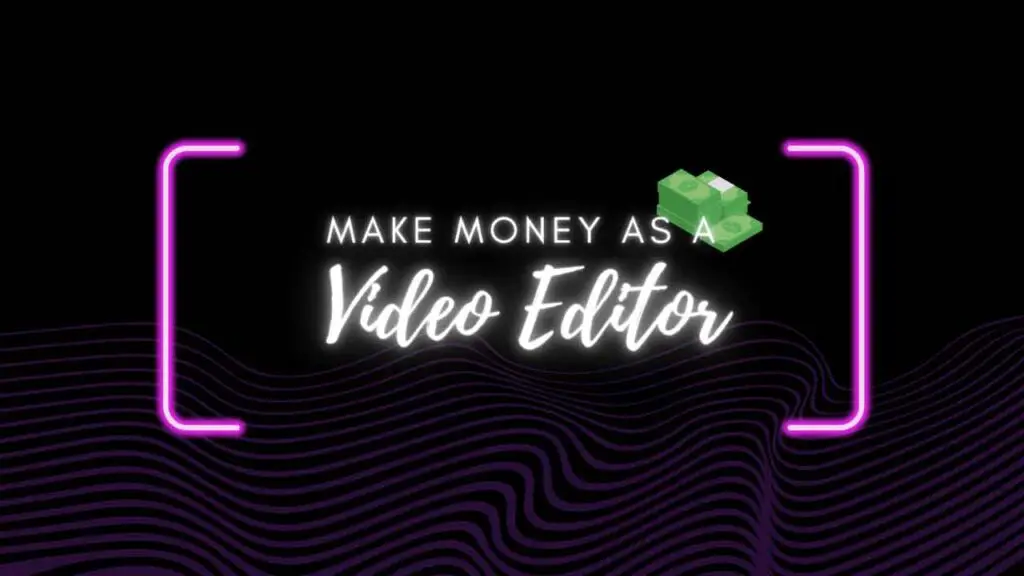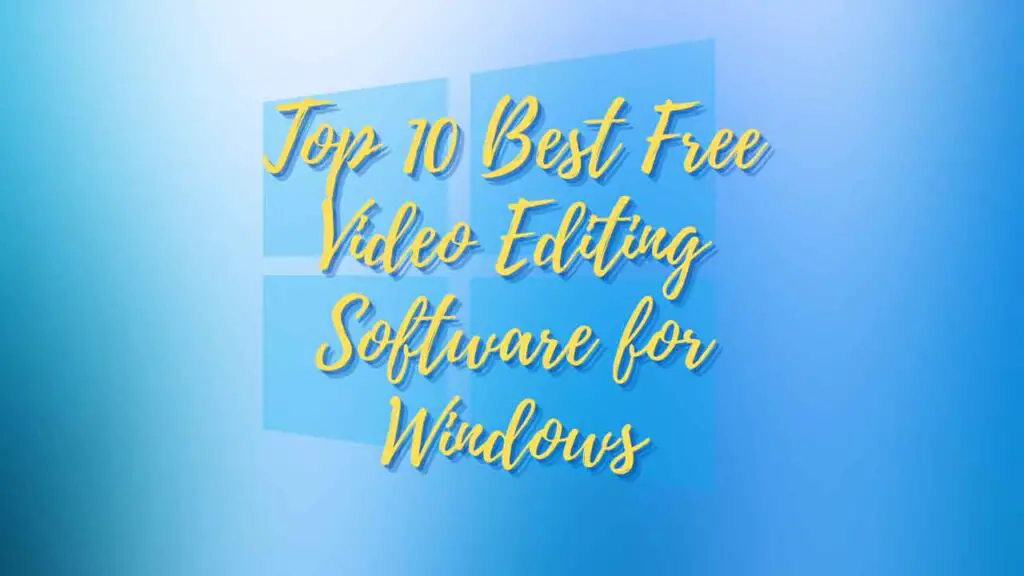THIS ARTICLE MAY CONTAIN AFFILIATE MARKETING LINKS! IN CASE YOU MAKE A PURCHASE THROUGH ONE OF THE LINKS, WE'LL GET A SMALL COMMISSION. WITH NO EXTRA CHARGES TO YOU. THANKS!!
In the age of digital storytelling, video editing has transcended the confines of professional studios and found its way into the palms of our hands. The debate between video editing on phone vs PC is not just about choosing tools; it’s about understanding the evolution of content creation. On one side, we have the traditional powerhouse—the personal computer—equipped with robust software capable of intricate edits and effects. On the other, the smartphone emerges as a symbol of convenience and immediacy, with apps that bring creative control to wherever inspiration strikes.
The Great Debate: Video Editing on Phone vs PC
This article aims to dissect the nuances of this modern dilemma. We’ll delve into the capabilities of both platforms, weighing the pros and cons from the perspectives of power, precision, portability, and price. Whether you’re a filmmaker on a budget, a vlogger on the move, or a social media influencer juggling multiple platforms, the choice between phone and PC editing is pivotal.
Join us as we explore how the rise of mobile technology challenges the status quo, pushing the boundaries of what’s possible in video editing. From the convenience of touchscreen interfaces to the expansive toolsets of desktop programs, we’ll examine how each platform caters to the diverse needs of today’s content creators. So, let’s dive into the heart of the debate and discover which editing experience reigns supreme in the digital arena.
Advantages of PC
Video editing on a PC offers a suite of advantages that cater to both the professional editor and the passionate hobbyist. The most significant benefit is the superior editing software available on PCs, which often provides a more comprehensive set of tools and features compared to mobile apps. This software allows for intricate edits, complex effects, and a level of precision that mobile platforms struggle to match. PCs also boast higher export quality, rendering videos at higher resolutions, frame rates, and bitrates, giving users the option to produce content that meets professional standards.
Another critical advantage is the larger screen size on PCs, which affords editors a more detailed and expansive workspace. This is particularly beneficial when working on complex projects that require multiple timelines, layers, and effects, as it allows for a more precise and nuanced editing process. Additionally, PCs typically have more robust hardware, including powerful CPUs and GPUs, which are essential for rendering high-quality videos quickly and efficiently. This hardware capability also means that PCs can handle more power-hungry programs and processes, enabling editors to work with high-resolution footage and resource-intensive applications without experiencing lag or crashes.
PCs also offer greater storage capacity and expandability options, which are crucial for managing large video files and maintaining an organized workflow. With the ability to add external hard drives, upgrade RAM, and customize the system to one’s specific needs, PCs provide a level of flexibility and scalability that mobile phones cannot. Furthermore, the ergonomic benefits of using a mouse and keyboard can reduce strain during long editing sessions, and the ability to use multiple monitors can significantly enhance productivity and multitasking capabilities.
In essence, while mobile phones offer portability and convenience, PCs stand out as the more powerful and versatile option for video editing. They deliver a professional-grade editing experience that is unmatched by mobile devices, making them the preferred choice for editors who require the highest quality and most efficient workflow.
Advantages of Phone
Video editing on a phone comes with a unique set of advantages that are particularly appealing in our fast-paced, mobile-first world. The most obvious benefit is portability; smartphones allow editors to capture and edit footage on the fly, anywhere and anytime. This is invaluable for content creators who need to respond quickly to trends or who find inspiration while away from their desk. Phones also offer a more intuitive, hands-on editing experience; with touchscreens, editors can directly manipulate clips and effects, often resulting in a faster and more tactile workflow.
Another significant advantage is cost-effectiveness. Many mobile editing apps are free or available at a fraction of the cost of professional PC software, making them accessible to a wider audience, especially those just starting out or experimenting with video editing. This democratization of video editing tools has led to a surge in creative content generation from a diverse range of voices.
Moreover, the simplicity of mobile editing apps can be a boon for beginners. These apps often have user-friendly interfaces and streamlined features that make it easier to learn the basics of video editing without the steep learning curve associated with more complex PC software. For many, this can be an encouraging entry point into the world of video editing.
Smartphones are also increasingly powerful, with many offering high-quality cameras and sophisticated editing apps that can handle a surprising array of tasks, from basic cuts to color correction and even some effects that were once the domain of PCs. As technology advances, the gap between what can be achieved on a phone versus a PC continues to narrow, providing more flexibility and creative freedom for video editors everywhere.
In essence, while PCs offer the raw power and advanced capabilities necessary for professional-grade video editing, smartphones excel in convenience, accessibility, and ease of use, making them a compelling choice for many content creators in today’s digital landscape.
How to Choose Between Phone and PC
Choosing between a phone or a PC for video editing is a decision that hinges on several factors, each playing a pivotal role in the kind of editing experience you seek. If your priority is portability and convenience, a smartphone is unparalleled. It allows you to shoot and edit on the same device, making it ideal for quick, on-the-go content creation. Smartphones are also more cost-effective, with many free or low-cost apps available, and they offer a more intuitive, hands-on editing experience with their touchscreen interfaces.
On the other hand, if you require high-quality output, advanced editing tools, and the ability to handle complex projects, a PC is the way to go. PCs offer larger screens for detailed work, more powerful hardware for faster processing, and professional-grade software that can deliver a level of precision and control beyond what’s currently possible on mobile devices. Additionally, PCs have better storage solutions and expandability options, which are essential for managing large video files and maintaining an organized workflow.
When making your choice, consider the type of content you’re producing. For social media posts, quick edits, or vlogs, a phone might suffice. But for commercial work, short films, or content requiring extensive post-production, a PC will serve you better. Also, think about your skill level and budget. Beginners may find the simplicity of phone apps more approachable, while professionals will likely need the advanced capabilities of PC software.
Ultimately, the decision comes down to matching your editing needs with the strengths of each platform. By weighing these considerations, you can make an informed choice that supports your creative process and helps you produce the best possible content within your means.
Conclusion
As we draw the curtain on the debate between video editing on phones versus PCs, it’s clear that both platforms have their rightful place in the content creation ecosystem. The choice isn’t about which is universally better; it’s about which is better for you, your workflow, and your creative aspirations. Smartphones empower creators with spontaneity and immediacy, making them perfect for capturing and sharing moments in real-time. PCs, with their robust capabilities, remain the stalwarts for professional-grade productions that demand precision and power.
The landscape of video editing is ever-evolving, and as technology advances, the lines between mobile and desktop editing will continue to blur. What remains constant is the storyteller’s vision and the story’s impact. Whether you choose the convenience of a phone or the might of a PC, your creativity is the true driving force behind compelling video content.
In the end, the best editing platform is the one that helps you turn your ideas into reality most effectively. So, consider your needs, weigh your options, and embrace the tools that bring your stories to life. The future of video editing is not bound by devices but by the limitless potential of the creators themselves.







